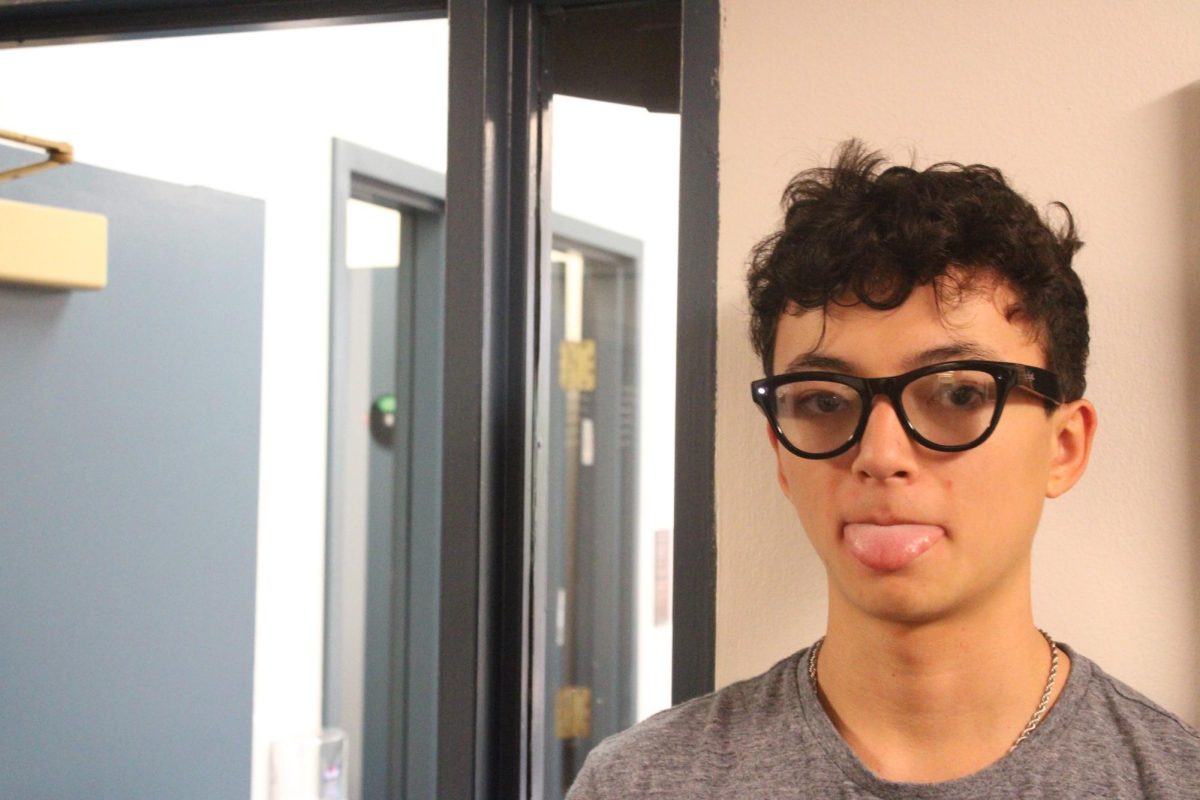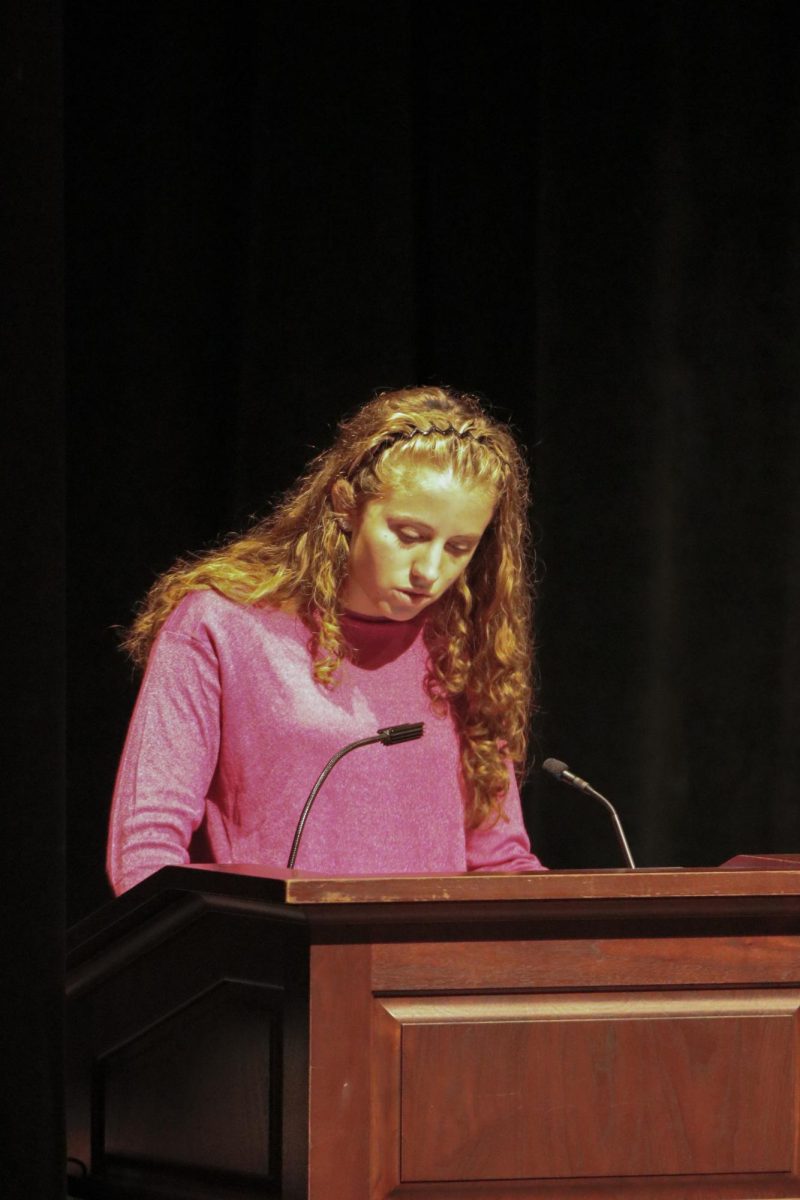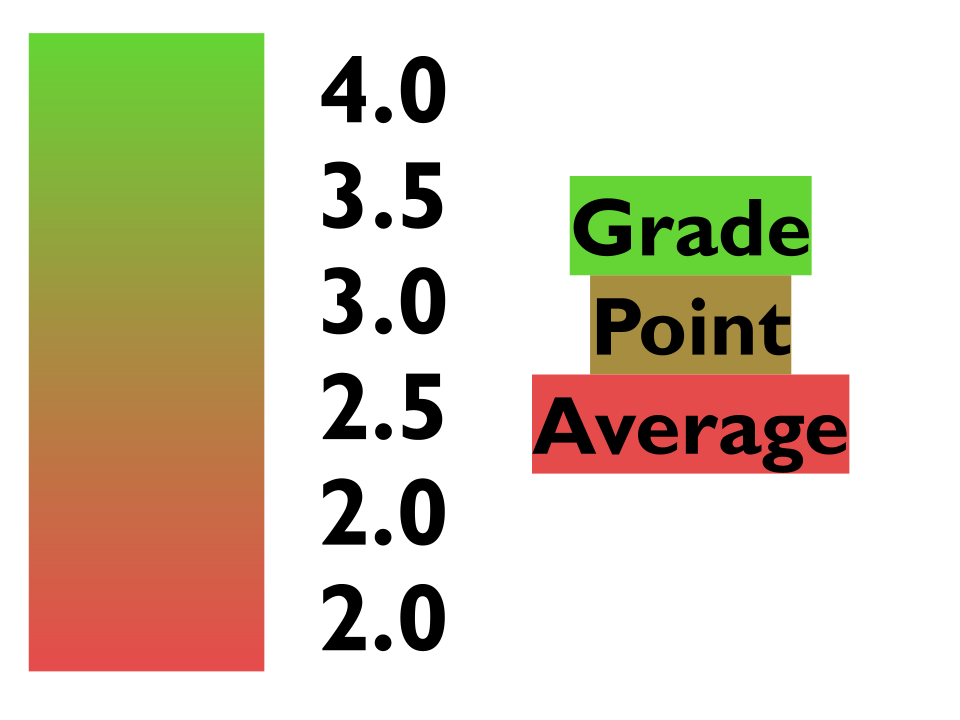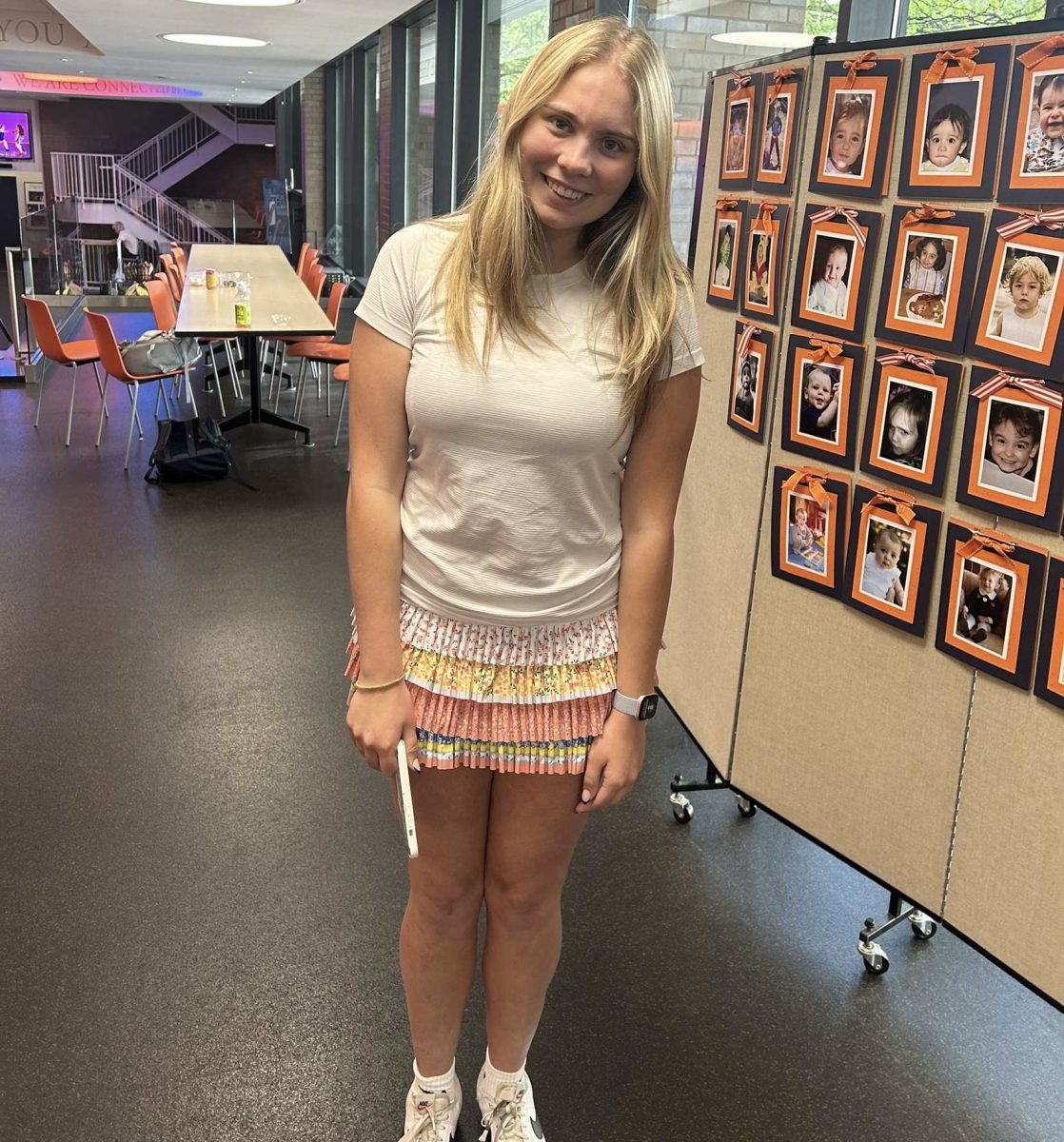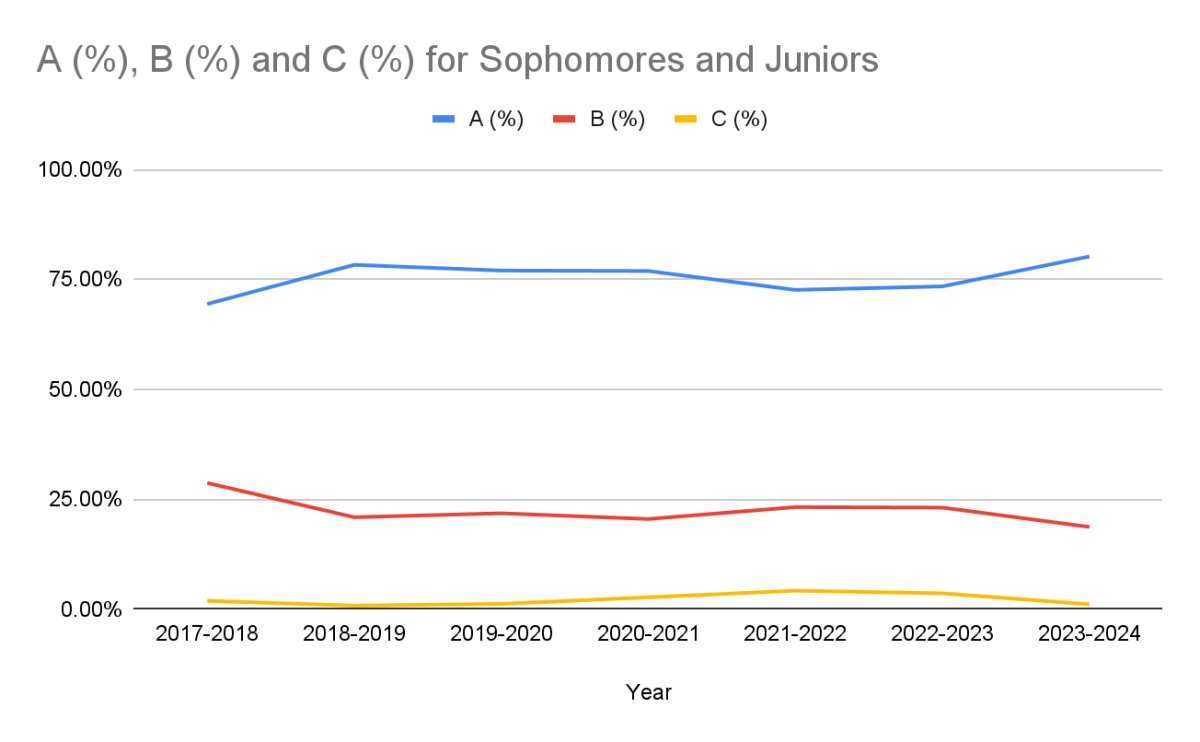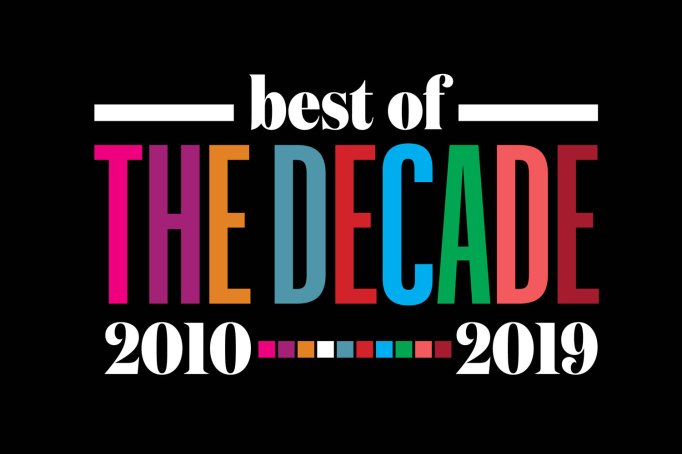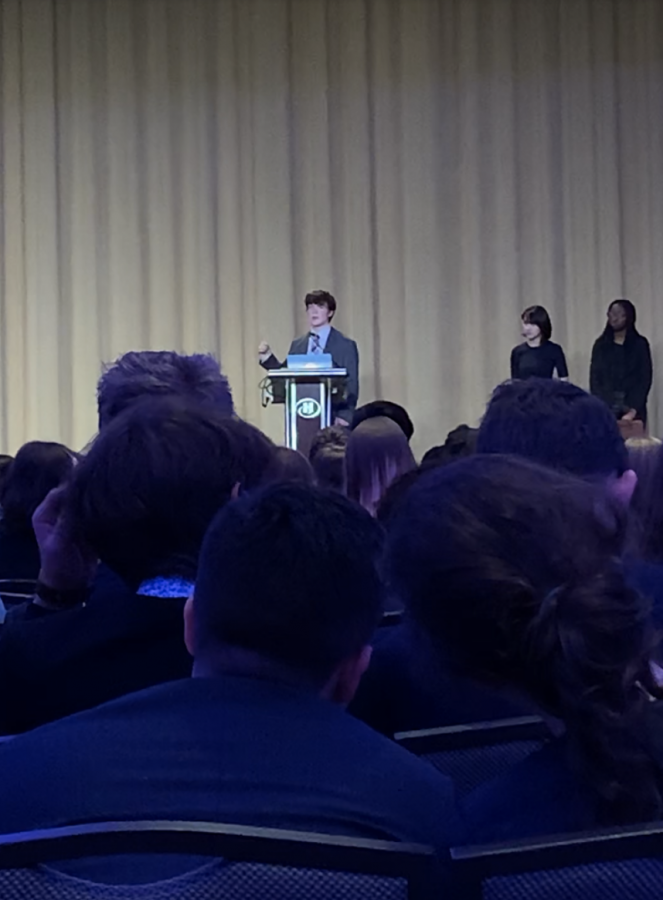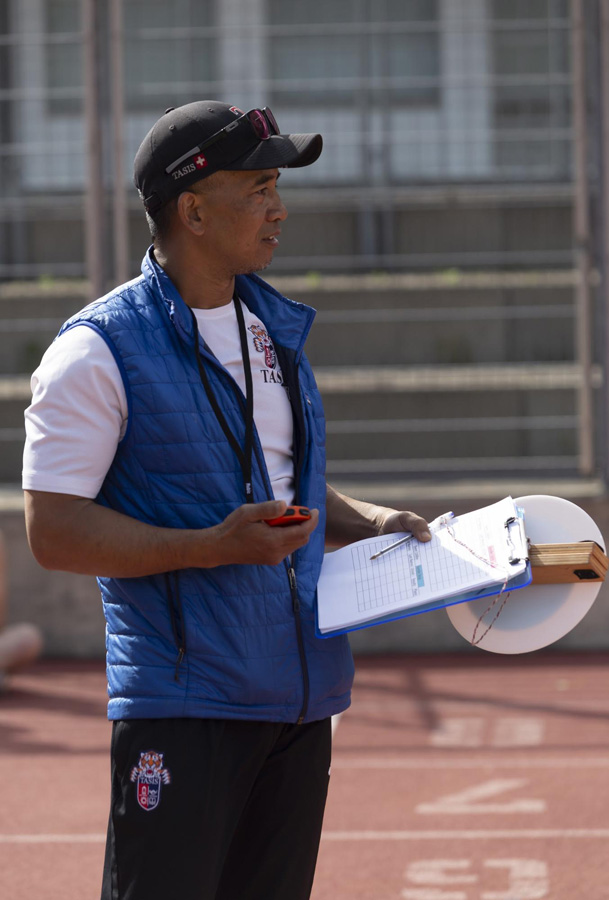Cameron Cozzi One thing, among others, that draws students to Latin is the upper school’s unique history curriculum. Latin offers a multitude of semester-long history or social studies electives — ranging from Nazi Mind to Modern China — which allow students to focus on the areas of history that most interest them. In addition to these in-depth electives, students take two mandatory, year-long history classes: Global Studies and US History. Other private schools, such as The Dalton School in New York City (a school similar to Latin), have taken a different approach to their history curriculum, featuring a three-year required world history course (rather than a year dedicated to US history) in order to give the students a broader view of world history. As a junior, every Latin student takes a year-long United States history course — whether it be HUSH, AmCiv, or US Social History. Students focus on the different eras of United States history throughout the year, looking at specific historical figures, events, and the themes that tie them together. Ms. Hennessy, a history teacher at Latin, explains that studying United States history for a full year gives students an in-depth understanding of our nation’s history and “encourages civic engagement.” But, Ms. Hennessy also recognizes that in focusing solely on the history of the United States, students are missing bigger-picture context of the things that they are learning about and that it can be “difficult to see how events are interconnected.” For example, Ms. Hennessy explains that the American Revolution and the French Revolution occurred close to each other in time, but that this connection is not something that Latin’s US history courses would necessarily emphasize. Ms. Hennessy explained that, in her eyes, Dalton’s history curriculum is like a “sample platter”, from which she believes that “kids [would] get chronology” that a more standard US history survey lacks. But, given that the curriculum that Ms. Hennessy follows at Latin is unlike that at Dalton, she wondered “what kids retain from big, sweeping world history courses” that “can’t go into a lot of detail.” Bryson Wiese, a junior at The Dalton School, explains that “Dalton’s history curriculum revolves around packets of sources — primary and secondary — assembled by the [history] department. These are ordered chronologically, rather than geographically, and teach students world history over the course of three years.” As Ms. Hennessy suspected, Bryson notes that the unique structure of the history curriculum at Dalton has “ helped [him] see history as an interconnected narrative of global cause and effect, rather than a disconnected series of Eurocentric events.” And, he explains that, through the use of these primary and secondary documents, he has been exposed to “sources absent from traditional textbooks, such as writings on queer identities among indigenous Americans and the experiences of women in the Industrial Revolution.” Yet despite how different Dalton’s history curriculum is from Latin’s, Dalton’s seniors, similarly to the seniors at Latin, are able to choose history electives “such as Modern Middle East or Feminism(s).” As Ms. Hennessy puts it, the difference between these two history curriculums is a matter of “depth vs. breadth.” And, given that Latin has never used the structure that Dalton uses, it is difficult to know which is truly more effective in giving students the most detailed picture of both world history and United States History. But, as Ms. Hennessy notes, “history is a huge chess game, and we must all be more mindful of contextualizing US history in the grand scheme of world history.” ]]>
Categories:
Comparing History: Latin School & The Dalton School's Different Approaches to Teaching History
November 1, 2017

0
More to Discover

